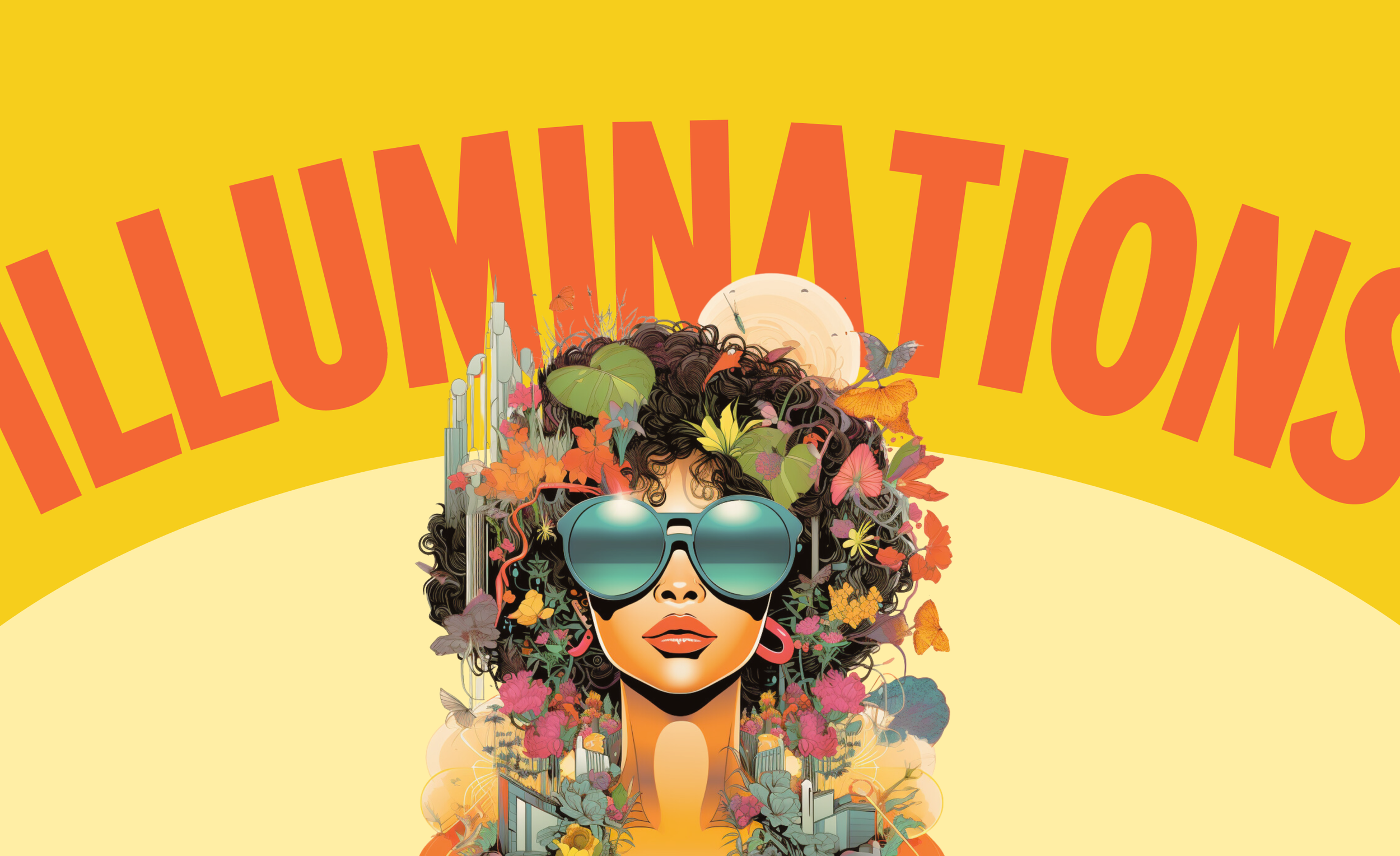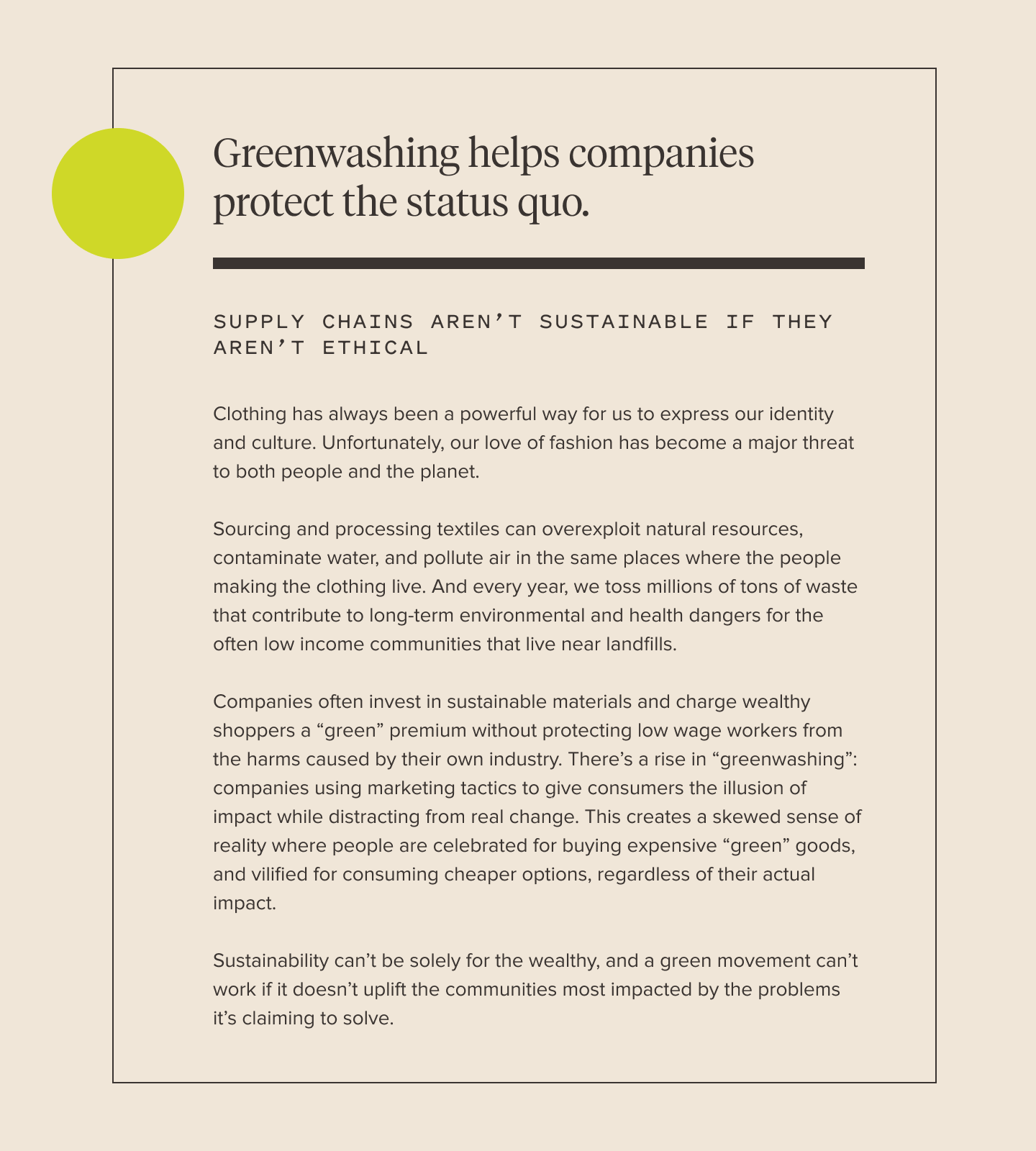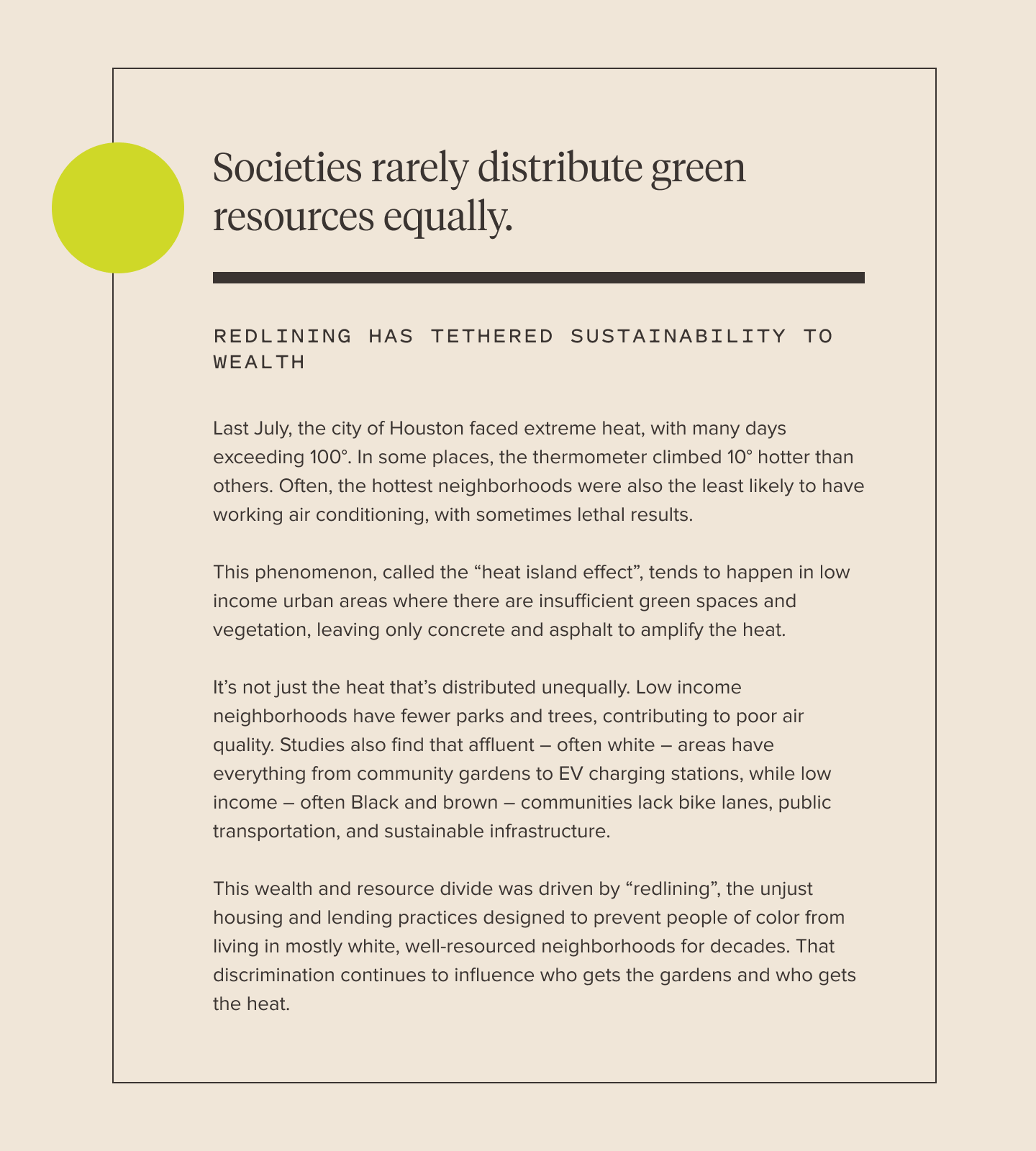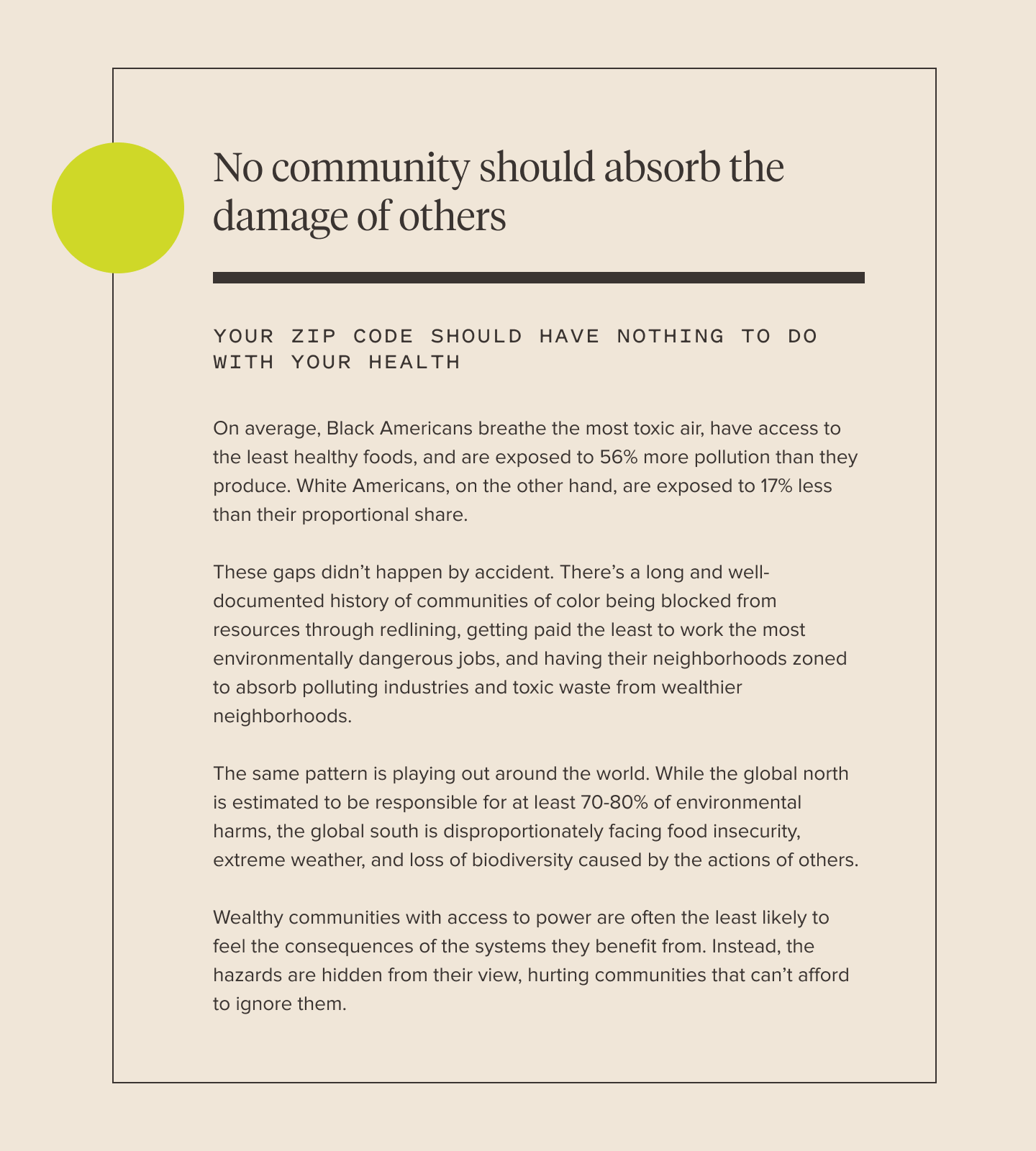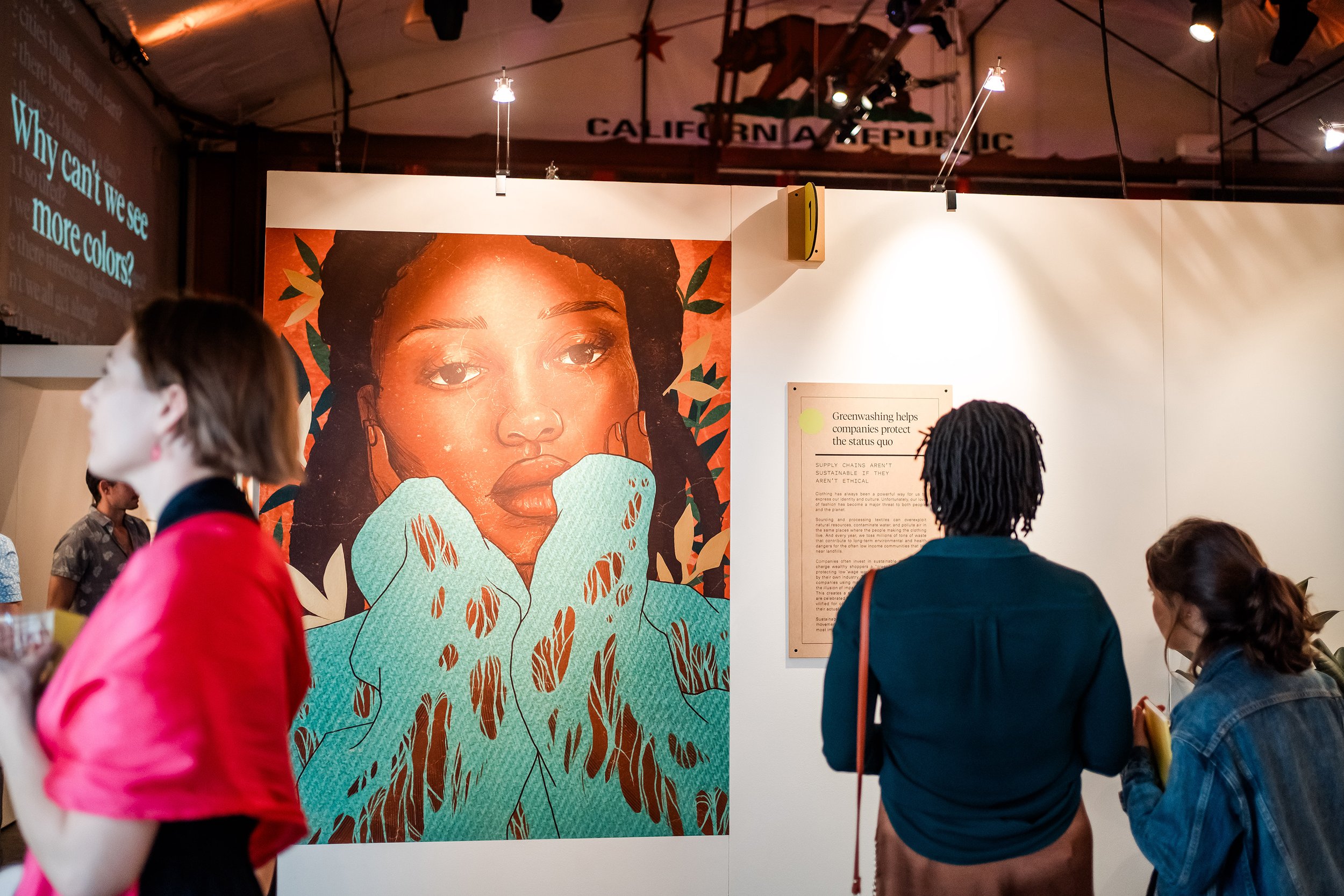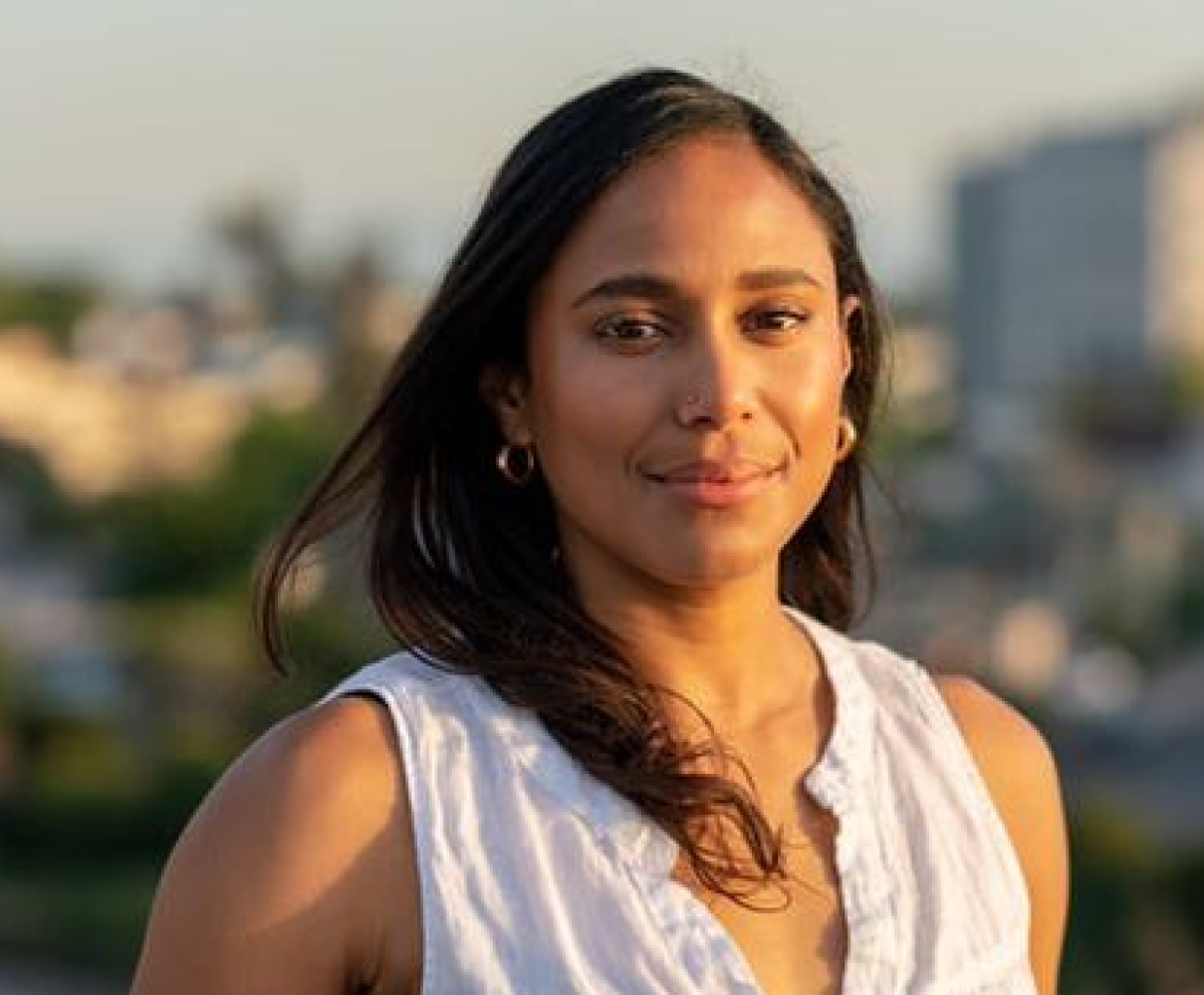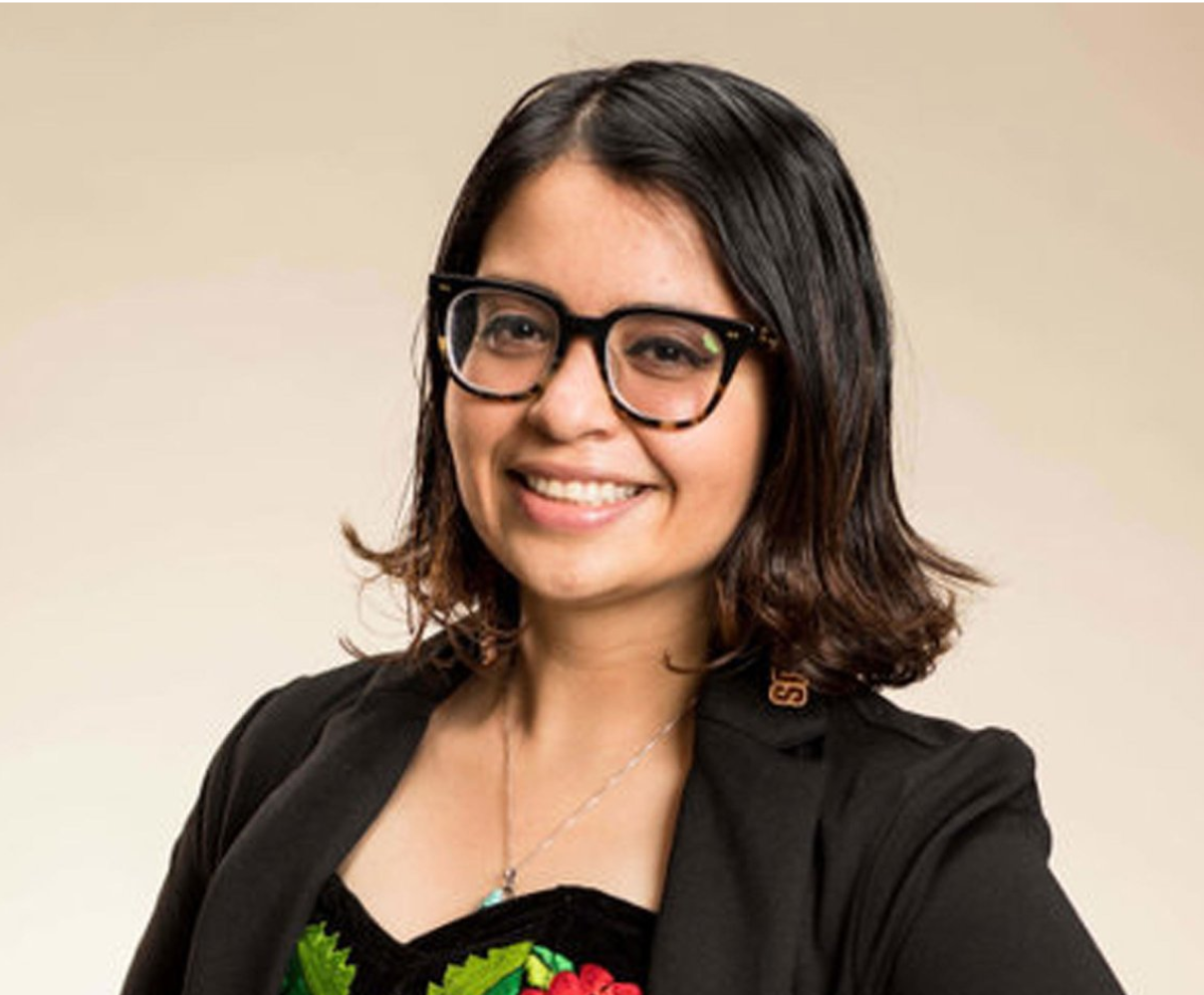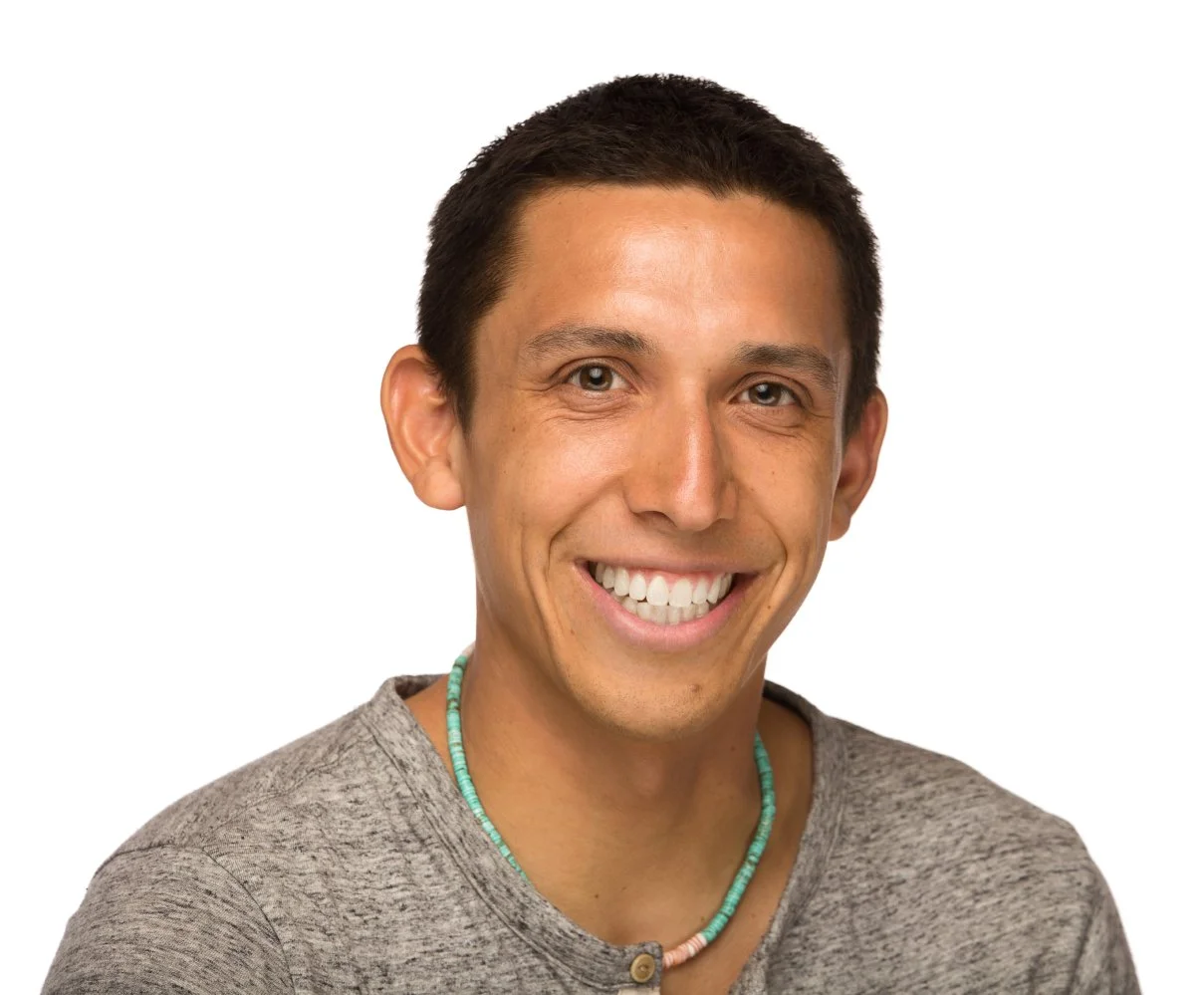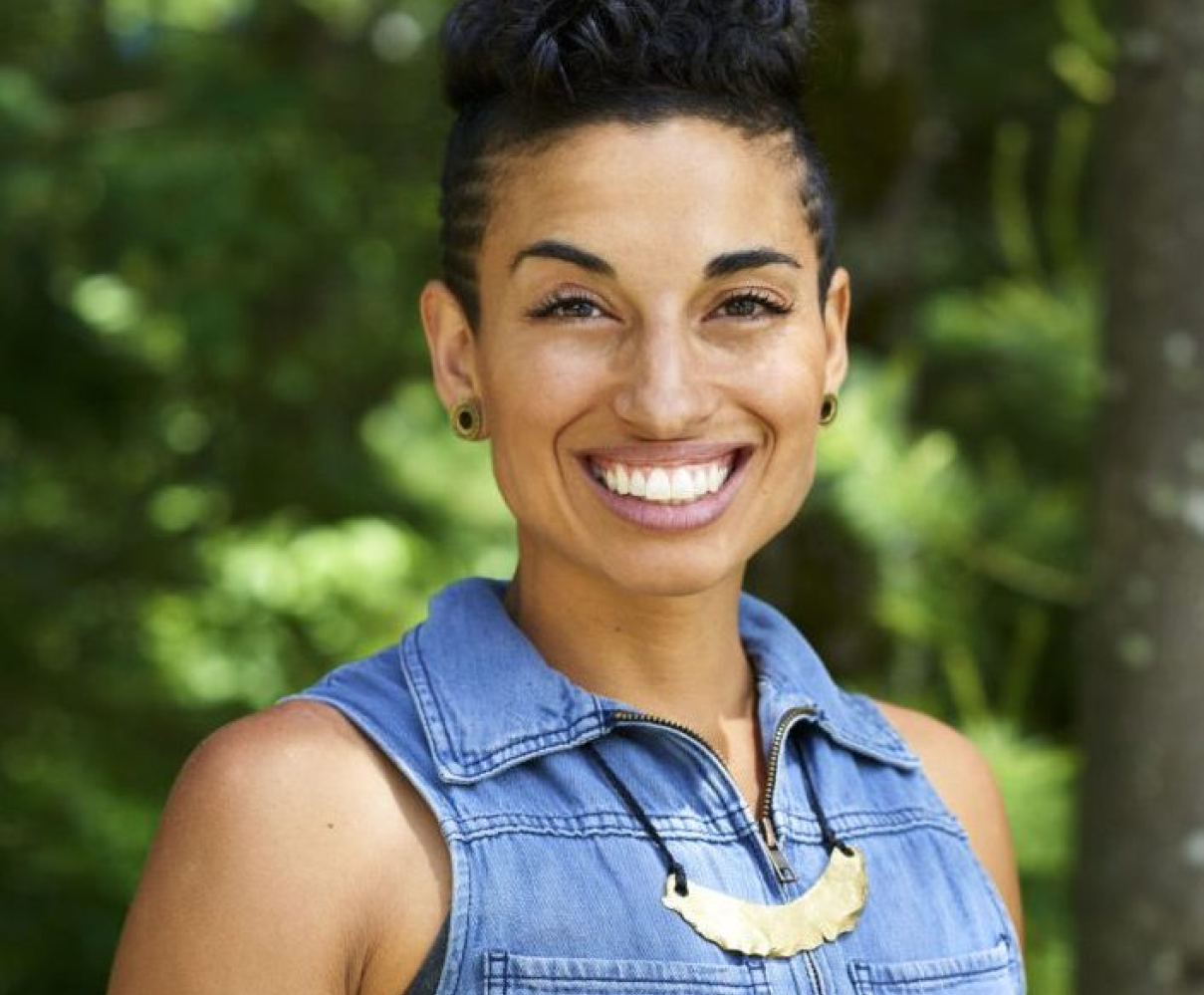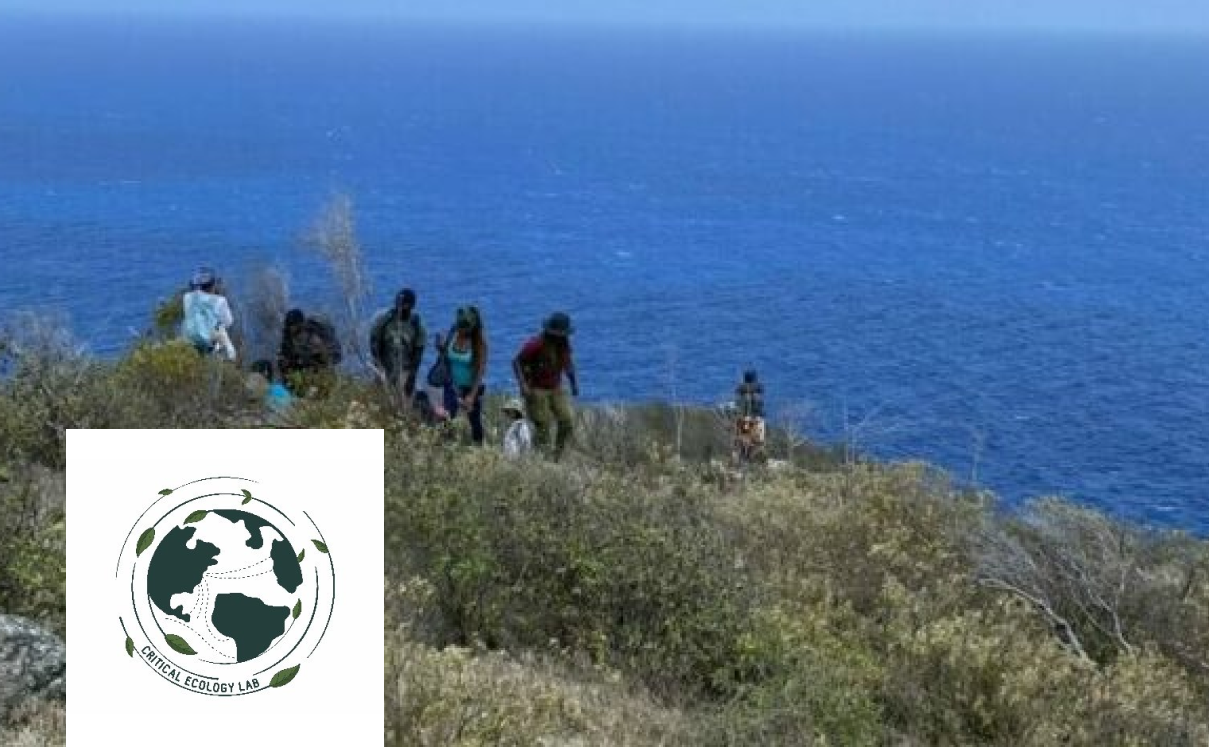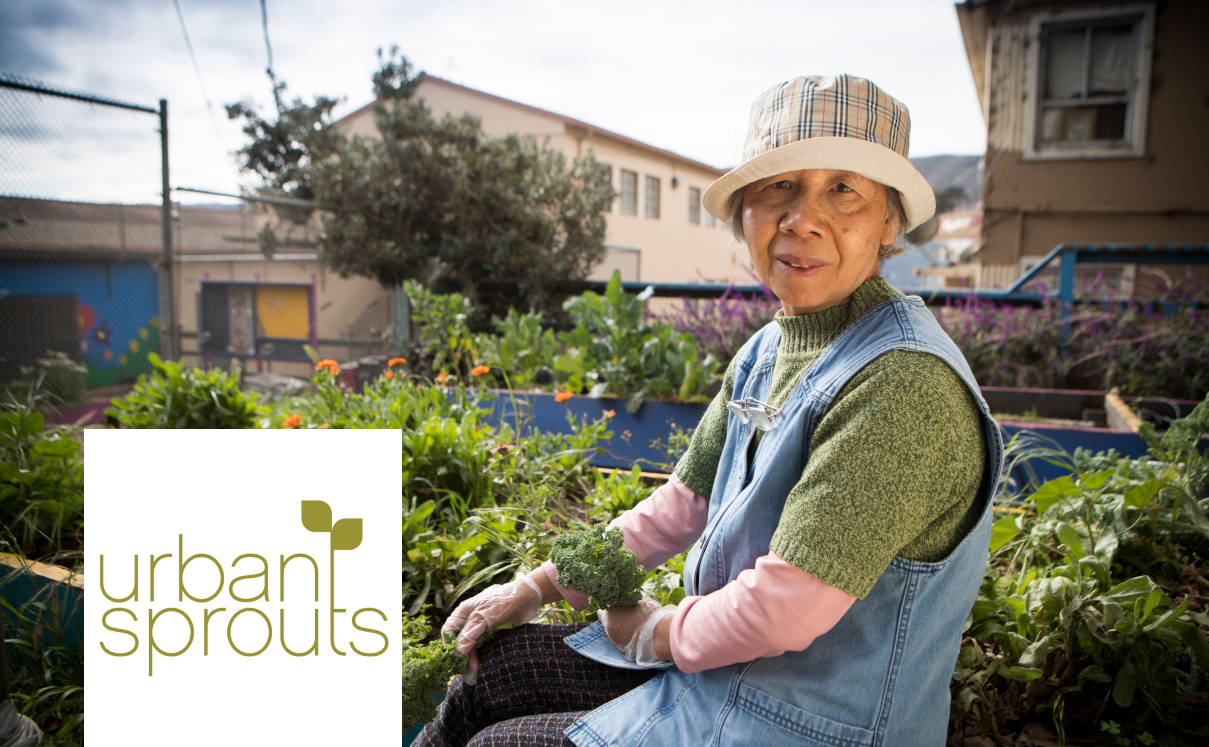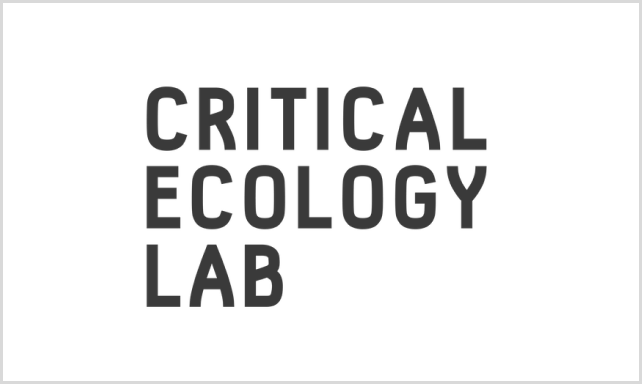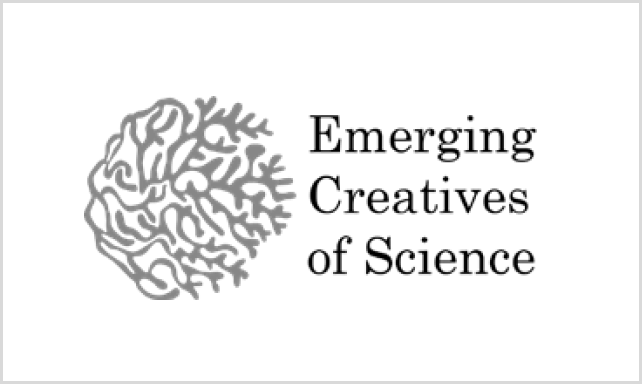BROUGHT TO YOU BY:THE GREEN GAP
LEAD ARTIST:
LAYLIE FRAZIER
@UKELAYLIE
The same systems that harm the planet also harm the people least responsible for them.
When our team started thinking about the idea of a “green gap”, we knew the research was clear on a few things. First, those who suffer the most from pollution and environmental damage are often not the ones behind it. Second, “going green” is currently a lot easier for people with money to spare. And third, resources have been historically concentrated in white, affluent neighborhoods, leading to gaps in green spaces, healthy food, and sustainable infrastructure.
But it wasn’t until our conversations with Dr. Suzanne Pierre, the founder of Critical Ecology Lab, that we realized we were still missing an essential piece: social injustice and environmental harms are directly connected. Polluting factories typically concentrate toxicity in low-income communities. Deforestation leads to the loss of both habitats and local livelihoods. The mass production of goods is often fueled by the exploitation of workers. The same actions have consequences for both the planet and its people.
Quality of life in our country has always been connected to race and wealth, often as a result of legal and systemic designs. As sustainability became more expensive, it also became more exclusive. “Green” initiatives have frequently been commodified and disconnected from the individuals who bear the greatest burdens of unsustainable practices. We can’t solve for one without addressing the other.
The importance of making equity a centerpiece of environmental efforts reminds us of “kintsugi”. This traditional Japanese art of repairing broken pottery with gold or other precious metals brings attention to the piece’s cracks and history. It highlights the damage as part of the repair, rather than ignoring it. Similarly, it’s only by acknowledging and addressing the relationships between wealth, race, injustice, and environmental damage that we can meaningfully repair the gaps.
QUICK VIEW
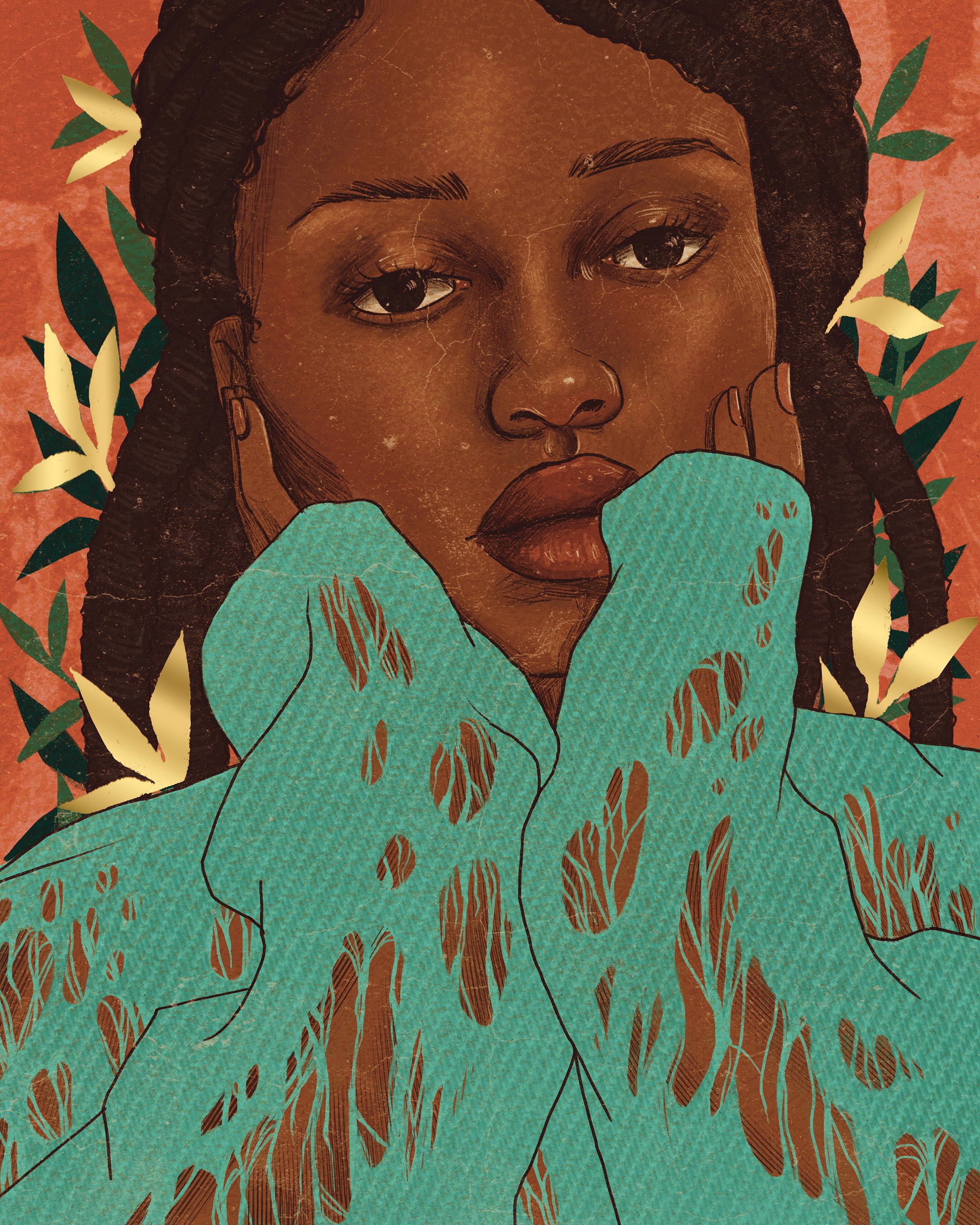
Greenwashing helps companies protect the status quo.
SUPPLY CHAINS AREN’T SUSTAINABLE IF THEY AREN’T ETHICAL
Clothing has always been a powerful way for us to express our identity and culture. Unfortunately, our love of fashion has become a major threat to both people and the planet.
Sourcing and processing textiles can overexploit natural resources, contaminate water, and pollute air in the same places where the people making the clothing live. And every year, we toss millions of tons of waste that contribute to long-term environmental and health dangers for the often low income communities that live near landfills.
Companies often invest in sustainable materials and charge wealthy shoppers a “green” premium without protecting low wage workers from the harms caused by their own industry. There’s a rise in “greenwashing”: companies using marketing tactics to give consumers the illusion of impact while distracting from real change. This creates a skewed sense of reality where people are celebrated for buying expensive “green” goods, and vilified for consuming cheaper options, regardless of their actual impact.
Sustainability can’t be solely for the wealthy, and a green movement can’t work if it doesn’t uplift the communities most impacted by the problems it’s claiming to solve.
“The Green Gap” card DECKs coming soonREFLECT
How could companies be better kept accountable for how they market their “green” goods?
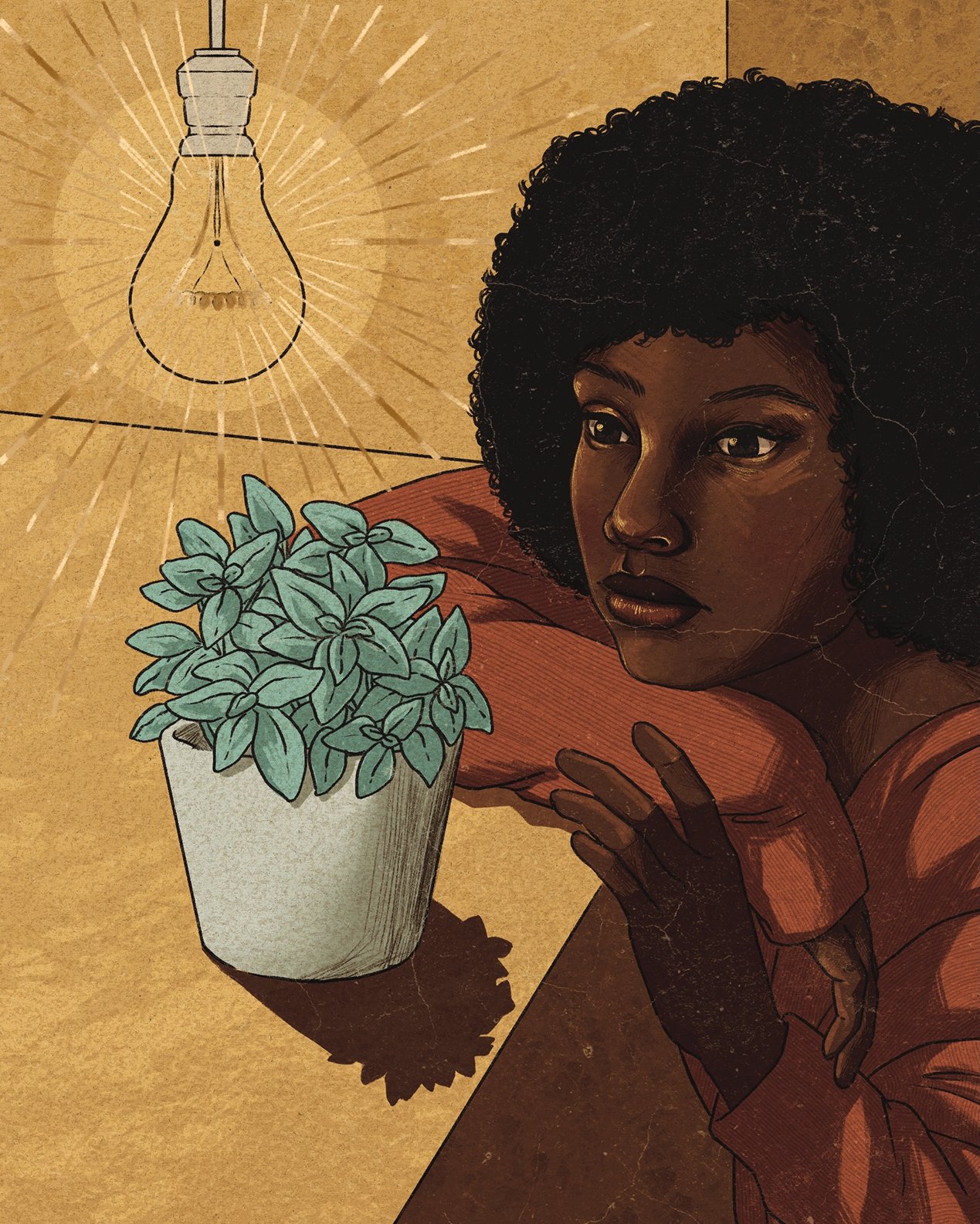
Sustainability efforts are often created by the few, for the few.
SHORT TERM THINKING IS LEAVING MANY COMMUNITIES OUT
As National Parks were formed in the US, many Indigenous peoples who had lived on the lands for millennia were forcibly removed. The beauty they helped to steward was given, instead, to future generations of tourists to enjoy.
Mainstream conservation and sustainability efforts notoriously lack (and dismiss) diverse voices. This often leads to policies that benefit a relatively small group of people while leaving out – or even harming – many others.
The tax incentives and ongoing benefits of green energy, for example, primarily go to homeowners while leaving out low-income renters who might benefit most from the savings. And despite big promises made to workers in the fossil fuel industry, recent reports show that Black and Latino workers, as well as those over 55 or without a college degree, are the least likely to benefit from the booming industry.
Without representation from across communities, sustainability movements further increase gaps in access, health, and wealth, all while overlooking critical insights from those on the frontlines of the challenges.
“The Green Gap” card DECKs coming soonREFLECT
How can we work towards building more equitable and just systems of environmental governance and decision-making?
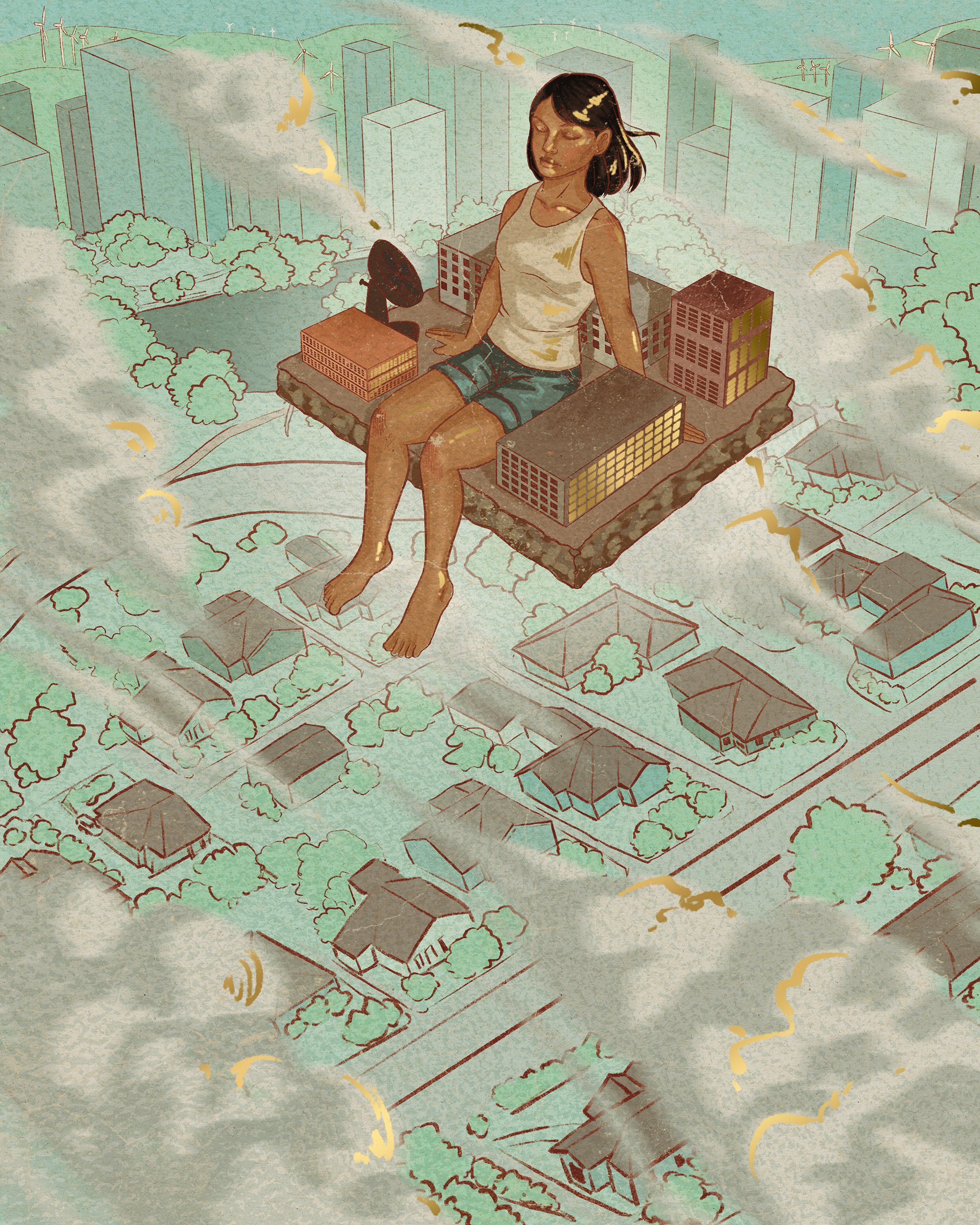
Societies rarely distribute green resources equally.
REDLINING HAS TETHERED SUSTAINABILITY TO WEALTH
Last July, the city of Houston faced extreme heat, with many days exceeding 100°. In some places, the thermometer climbed 10° hotter than others. Often, the hottest neighborhoods were also the least likely to have working air conditioning, with sometimes lethal results.
This phenomenon, called the “heat island effect”, tends to happen in low income urban areas where there are insufficient green spaces and vegetation, leaving only concrete and asphalt to amplify the heat.
It’s not just the heat that’s distributed unequally. Low income neighborhoods have fewer parks and trees, contributing to poor air quality. Studies also find that affluent – often white – areas have everything from community gardens to EV charging stations, while low income – often Black and brown – communities lack bike lanes, public transportation, and sustainable infrastructure.
This wealth and resource divide was driven by “redlining”, the unjust housing and lending practices designed to prevent people of color from living in mostly white, well-resourced neighborhoods for decades. That discrimination continues to influence who gets the gardens and who gets the heat.
“The Green Gap” card DECKs coming soonREFLECT
How can urban planning and development initiatives address the legacy of redlining and work towards creating more equitable access to sustainable infrastructure and amenities for all residents?
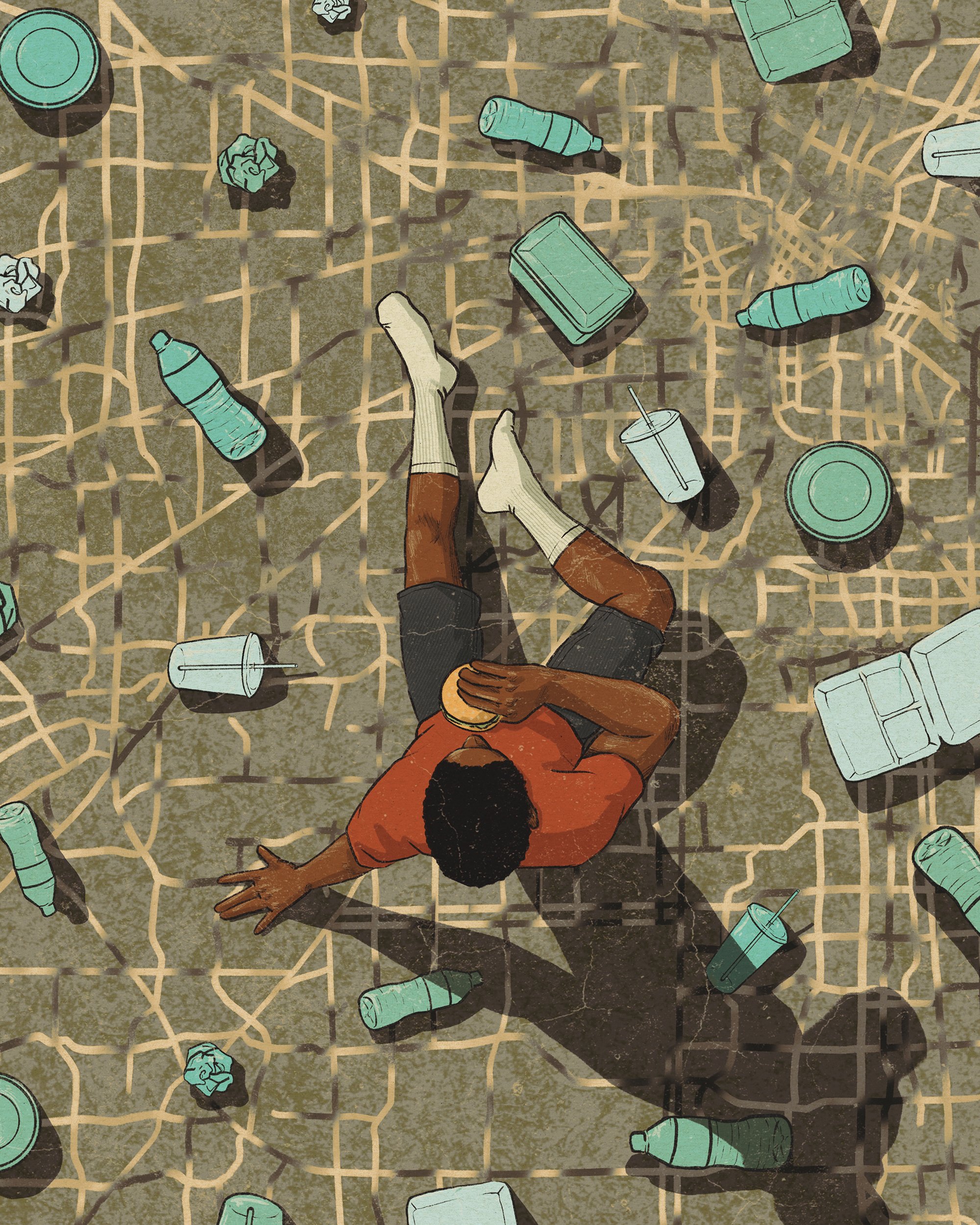
No community should absorb the damage of others.
YOUR ZIP CODE SHOULD HAVE NOTHING TO DO WITH YOUR HEALTH
On average, Black Americans breathe the most toxic air, have access to the least healthy foods, and are exposed to 56% more pollution than they produce. White Americans, on the other hand, are exposed to 17% less than their proportional share.
These gaps didn’t happen by accident. There’s a long and well-documented history of communities of color being blocked from resources through redlining, getting paid the least to work the most environmentally dangerous jobs, and having their neighborhoods zoned to absorb polluting industries and toxic waste from wealthier neighborhoods.
The same pattern is playing out around the world. While the global north is estimated to be responsible for at least 70-80% of environmental harms, the global south is disproportionately facing food insecurity, extreme weather, and loss of biodiversity caused by the actions of others.
Wealthy communities with access to power are often the least likely to feel the consequences of the systems they benefit from. Instead, the hazards are hidden from their view, hurting communities that can’t afford to ignore them.
“The Green Gap” card DECKs coming soonREFLECT
How does the unequal distribution of environmental hazards and resources along racial and socioeconomic lines illustrate systemic injustices in society?

Consider your causes.
We’re often taught to think about social issues and environmental issues as distinct, but quite often any given cause is entangled with both.
In the Venn Diagram below, map out the different aspects of sustainability issues that you care about, brainstorming the negative impacts on or aspects of the issue affecting people, the planet, or both.
BRING HOME THE EXHIBIT
SIGNATURE SCENT
Lavender, Sandalwood, Sage, BergamotWe partnered with Casita Michi to create custom, limited edition candles inspired by the themes of each exhibit.
SIGNATURE COCKTAIL
Titos, Minus Beanless Coffee, Averna, House Made Madagascar Syrup, Orgeat, Vegan FoamerThe baristas at The Foundry created custom cocktails (and mocktails) inspired by the themes of each exhibit. Incorporate their recipes into your home gatherings to get a taste of the exhibit.
MEDIA RESOURCES
What to check out next.
WORD BANK
“Technology and design must be understood through this historically-informed lens, so that we don’t keep building better tools that recreate and reinforce existing inequalities and injustices.”
— SOPHIA WANG
COFOUNDER, MYCOWORKS
“THE GREEN GAP” contributor

SCIENCE SPOTLIGHT
The “heat island effect” disproportionately impacts communities of color.
As temperatures are increasing across the globe, certain areas are heating up faster than others. Concrete and asphalt surfaces that make up city centers bake in the sun and re-emit heat more than natural landscapes such as forests and wetlands, preventing urbanized areas from cooling off, even at night. As a result, urban areas become heat islands, anywhere from 1 to 7 degrees fahrenheit hotter than surrounding rural areas.
The heat island effect contributes to a range of health concerns, including heat-related mortality which accounts for up to 1,500 deaths each year. Other consequences include heat strokes, dehydration, loss of labor, and decreased learning [1]. So, who is suffering the most from these consequences and overwhelming heat?
Researchers from the University of North Carolina, Arizona State University and Yale mapped high-resolution satellite-based temperature data to demographic information from the US census across the 175 largest urban areas in the continental US. They found that the average person of color lives in a census tract with higher summer daytime surface urban heat island (SUHI) intensity than non-Hispanic whites in all but 6 of the 175 areas.
In addition to experiencing disproportionate amounts of heat, people of color under the age of 5 or over the age of 65, the most vulnerable age groups to health-related consequences, are exposed to the same or greater level of heat.
Interestingly, they found the average person of color faces a higher summer daytime SUHI intensity than the average person living below poverty. This finding suggests that this inequality may not be explained by income alone, but perhaps fueled by historic redlining and inequal distribution of and access to resources based on race.
Redlining is the practice of systematically withholding services and resources from residents in specific neighborhoods based on race or ethnicity. It not only limits residents from living in places with more green spaces and tree cover, but designs systems that divide communities in ways that impact health and safety. This practice was common through the sixties (and continued beyond). Repercussions of redlining—like entrenched neighborhood racial segregation and economic disparities—are still felt in many U.S. cities today [2].
Some experts argue that creating more green spaces and planting more trees in redlined communities might actually cause an increase in home value, displacing individuals that the effort is meant to serve. Egede at al., state that the only sustainable path forward is one that simultaneously targets housing, education, healthcare, economic empowerment, the built environment, and access to healthy foods [3].
[1] Hsu, Angel, et al. "Disproportionate exposure to urban heat island intensity across major US cities." Nature communications 12.1 (2021): 2721.
[2] Bailey, Zinzi D., Justin M. Feldman, and Mary T. Bassett. "How structural racism works—racist policies as a root cause of US racial health inequities." New England Journal of Medicine 384.8 (2021): 768-773.
[3] Egede, Leonard E., et al. "Modern day consequences of historic redlining: finding a path forward." Journal of general internal medicine (2023): 1-4.
FIELD SPOTLIGHTS
There are many leaders at the intersection of equity and environment. Here are a few of the folks who inspire us across fields.
Follow the conversations
We’ve compiled lists of leaders in the space. While we can’t be responsible for what they say, we wanted to share a list of people that came up in our research.
Insider Insights
Takeaways that stuck with us from contributing experts.
REAL TALK
Ideas for action.
A lot of the challenges around equity require collective solutions, and many of them are fueled by policy and culture. But we talked to the experts about what you can do, too.
SHOP FOR SUSTAINABLE & ETHICAL FASHION.
Sustainable shopping isn’t enough, as it’s often entangled with harms against communities. It can be difficult to sort through supply chains and figure out where your stuff actually comes from and how it got here. Check out websites like Good On You for an introduction into sustainable and ethical shopping.
ADVOCATE FOR RESOURCE DISTRIBUTION THROUGHOUT YOUR CITY.
To fight for equitable resource distribution in your city, consider exploring some key strategies including raising awareness about resource disparities through community outreach, education, and media campaigns to garner public support for change. You can also attend city council meetings, join advisory boards, and advocate for policies that promote equitable resource allocation. Equitable resource distribution is crucial for fostering a just and inclusive city where all residents have access to essential services, opportunities, and a high quality of life.

ORG SPOTLIGHTS

THE ARTIST
Laylie Frazier is a digital artist and art teacher based in Houston, Texas. She combines texture, color, and pattern to create warm and expressive portraits, pulling inspiration from nature, utilizing abstract plant, mountain, and sun motifs. Her work for The Green Gap exhibit informed exhibit priorities and inspired the kintsugi metaphor.
THANK YOU TO OUR CONTRIBUTORS
In addition to the countless authors and creators whose work we reviewed, we wanted to thank the experts who took the time to formally share their thoughts with us. While they’re not responsible for anything we got wrong, they may be responsible for a lot of what we got right!
Astrid Willis Countee, Data Anthropologist & Technologist
Caroline James, Director of Sustainability
Chris Alice Kratzer, Director, Owlfly LLC
Julie Lesnik, Associate Professor of Anthropology
Melissa Pappas, Founder, Emerging Creatives of Science
Shyama Vermeersch, PhD, Researcher, University of Groningen
Sofia Wang, Co-founder, MycoWorks
Suzanne Pierre, PhD, Founder, Critical Ecology Lab
Aquatic Ecologist & Assistant Professor, Anonymous
ILLUMINATIONS WAS MADE POSSIBLE BY:COMMUNITY PARTNERS:SUSTAINING PATRONS:Andrew Watson
Camilla Rockefeller
David Kelley
Hillari & Michael Sasse
Wendi Zhang
CONTRIBUTORS:Astrid Countee, Research Associate
Camille Rose, Photographer
Crystal Dilworth, PhD, Board Member
Daniel Aguirre, Community Organizer
Esther Knox-Dekoning, Web Designer & Developer
Erick Salazar, Videographer + Photographer
Lindsay Newey, Animator
Kathleen Sheffer, Photographer
Maya Bialik, EdM, Board Member
Melissa Pappas, Arts & Exhibits Collaborator
Michelle Paull, Strategic Advisor
Sam Galison, Design Engineer
Samuel Knox, Software Developer
Stacey Baker, Research Associate
VOLUNTEERS:Alex Collins
Amanda Vera
Ana Ostrovsky
Andrew Graves
Bo Bradrich
David Kelley
Hillari Fine Sasse
Jimmy Maley
Kim Pedersen
Kim Tereco
Marques Jackson
Mauri Sanchez
Melissa Pappas
Michael Sasse
Negin Hemati
Pam Pedersen
Sandy Delgado
Spencer Kerber
Su Chon
Tracy Silver
Victoria Becker
Zoe Austin
THE PLENARY, CO. TEAM:Stephanie Fine-Sasse, Founder + Director
Ashley Cortés Hernández, Clubhouse Director
Christine La, Community Content Director
Samar Ibrahim, Community Engagement Manager


